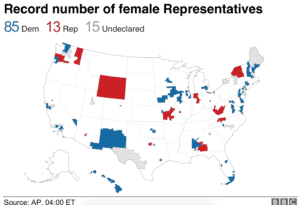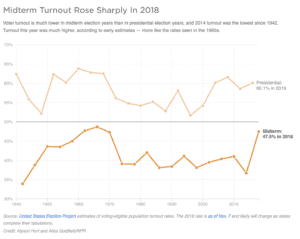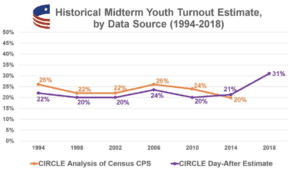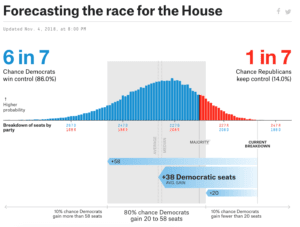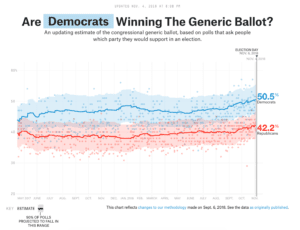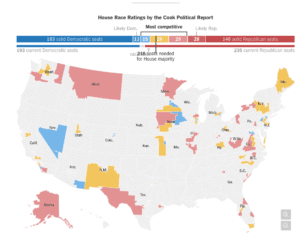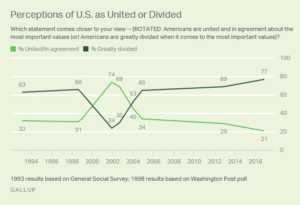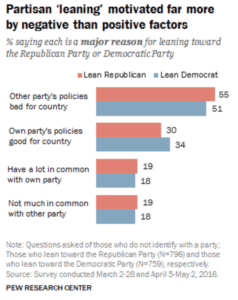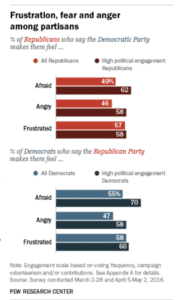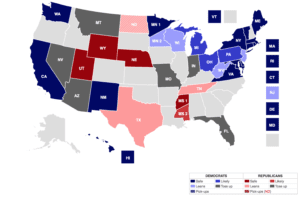Congress is back in session after Thanksgiving break, but the newly elected senators and representatives have not yet taken their seats. For the next month and a half, the outgoing Republican majority will continue to call the shots in the House of Representatives, meaning that these are the last few weeks of single-party control of Congress.
Lame duck congressional sessions often hold the possibility of cooperation between the parties, because the recent elections are over and the next elections are a long way off. But at the same time, when a party loses control of Congress, that party often has a desire to accomplish unfinished business. In this post, we will take a look at one of the issues likely to be addressed before the new Congress is inaugurated: whether or not Congress should act to protect special counsel Robert Mueller’s probe.
This short video from PBS Newshour can provide a roundup of expectations—including other issues Congress may address—during the lame duck session ahead.
Protecting the Mueller Probe
One of the most pressing issues during the lame duck session will be whether or not Congress should act to protect the special counsel’s investigation into President Donald Trump’s connections to Russia and into any efforts made to obstruct justice or mislead federal investigators.
In the aftermath of Republicans’ losses in the midterm elections, President Trump fired Attorney General Jeff Sessions, who he had long criticized for recusing himself from the Russia investigation and allowing for the appointment of Mueller as special counsel. President Trump’s pick to be the new acting attorney general, Matt Whitaker, is seen by some as a threat to the independence of the Mueller investigation because he has been critical of the probe in the past. This MSNBC article details the concerns that some people—especially Democrats—have about Whitaker.
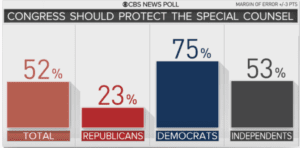
At the end of November, most Senate Republicans decided not to join Senator Jeff Flake, R-Ariz., in working with Democrats to protect the probe. Senator Mike Lee, R-Utah, argued that a special counsel should not be made an unaccountable “fourth branch of government,” effectively blocking the legislation from moving forward. (See this Salt Lake Tribune article for more detail.)
However, it is still possible for the Senate to act. This editorial in the Denver Post makes the case to Colorado readers that Senator Cory Gardner, R-Colo., should join Senator Flake and Democrats in protecting the probe.
After sharing these resources with your students, ask them to consider the arguments made by those who support and those who oppose congressional action. Writing in National Review, Jonathan Tobin makes the case against Senate action and urges legislators to be cautious about setting precedent. In the Washington Post, University of Texas law professor Steve Vladeck makes the case for legislation to protect the investigation, arguing that the president cannot be trusted to allow the probe to continue.
Hold a discussion with your students about whether or not they think Congress should protect the investigation. Why or why not? How has what we have learned so far from the investigation shaped the way your students view the president?
Sources:
Cartoon Credit: Ann Telnaes, Washington Post
